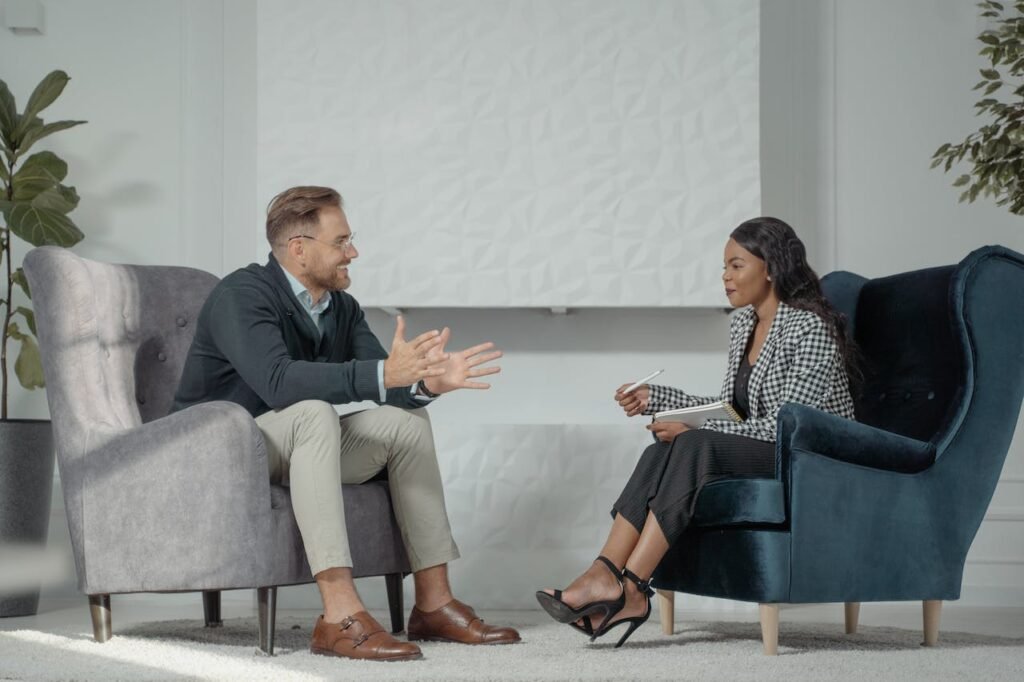Informational Interviews: A Strategic Approach to Career Intelligence and Network Cultivation
The informational interview, a concept pioneered by Richard Nelson Bolles, author of “What Color Is Your Parachute?”, represents far more than a casual chat about a profession. [1][2] It is a sophisticated, proactive tool for career exploration, strategic networking, and accessing the unlisted, or “hidden,” job market where a significant majority of positions are filled. [3][4] Unlike a formal job interview where the power dynamic favors the employer, the informational interview is a self-initiated, knowledge-seeking mission that places the inquisitor in control. [5][6] It is a method for “trying on jobs to see if they fit” by gathering firsthand, nuanced intelligence that is impossible to find in published job descriptions or corporate websites. [1][2] This process allows individuals, whether students, career changers, or established professionals, to de-risk career transitions, build a robust network of advocates, and gain a decisive competitive advantage through insider knowledge. [7][8] The true power of this technique lies not in asking for a job, but in building genuine relationships and gathering the critical data needed to make highly informed career decisions. [9][10]
The strategic execution of an informational interview is a multi-stage process that begins with meticulous preparation. This initial phase requires deep introspection to define specific learning objectives, followed by rigorous research. One must move beyond a superficial glance at a company’s website and delve into the professional’s background via platforms like LinkedIn, their publications, or their online presence to formulate questions that demonstrate genuine interest and respect for their time. [3][7] Asking questions that could be answered by a simple Google search is a critical error that signals a lack of preparation and professionalism. [11] The objective is to craft insightful, open-ended questions that probe into the realities of a role—its challenges and rewards, the critical skills for success, and the unspoken cultural dynamics of an organization. [12][13] For example, a career changer might ask, “Given my background in [Previous Field], what would you see as my most significant transferable skills, and which competency gaps should I prioritize closing to be a credible candidate in this industry?” [14] This level of targeted inquiry transforms the conversation from a generic Q&A into a personalized strategic consultation.
The interview itself is an exercise in professional rapport-building and active listening. [15][16] It is imperative to establish a connection based on mutual respect and genuine curiosity. [15][16] This is achieved through both verbal and non-verbal cues, such as maintaining eye contact, demonstrating engaged body language, and providing verbal affirmations that show you are not just hearing, but understanding the insights being shared. [15][16] While you initiate and guide the dialogue, the expert should do the majority of the talking. [13] Your role is to be an active listener, absorbing information, taking concise notes, and asking intelligent follow-up questions that build upon their responses. [17] A powerful technique is to conclude the interview by summarizing the key takeaways and outlining your intended next steps based on their advice. This not only confirms your understanding but also demonstrates that their guidance was valuable and will be acted upon, reinforcing their investment in your success. [18] A consistently effective closing question is, “Based on our conversation, is there anyone else you would recommend I speak with to gain a different perspective?” This question is the primary mechanism for expanding your network organically and effectively. [19]
The lifecycle of an informational interview extends far beyond the 20-30 minute conversation. The follow-up is arguably the most critical phase for converting a single meeting into a lasting professional relationship. [20] A personalized thank-you note, sent within 24 hours, is non-negotiable. This communication should explicitly reference specific, valuable insights gained during the conversation to make it memorable and sincere. [7][21] For instance, one might write, “Thank you for your time yesterday. I found your perspective on the growing importance of [Specific Trend] particularly insightful, and I have already ordered the book you recommended.” This demonstrates immediate action and reinforces the value of their mentorship. [21][22] However, the connection should not end there. A strategic, long-term follow-up plan is essential. This involves periodic, value-added touchpoints, such as sharing a relevant industry article, providing an update on how you have implemented their advice, or congratulating them on a professional achievement. [20][22] This approach transforms the dynamic from a one-sided request for help into a reciprocal professional relationship, keeping you top-of-mind and positioning you as a proactive, engaged member of their network who may be considered for future opportunities. [23][24]



